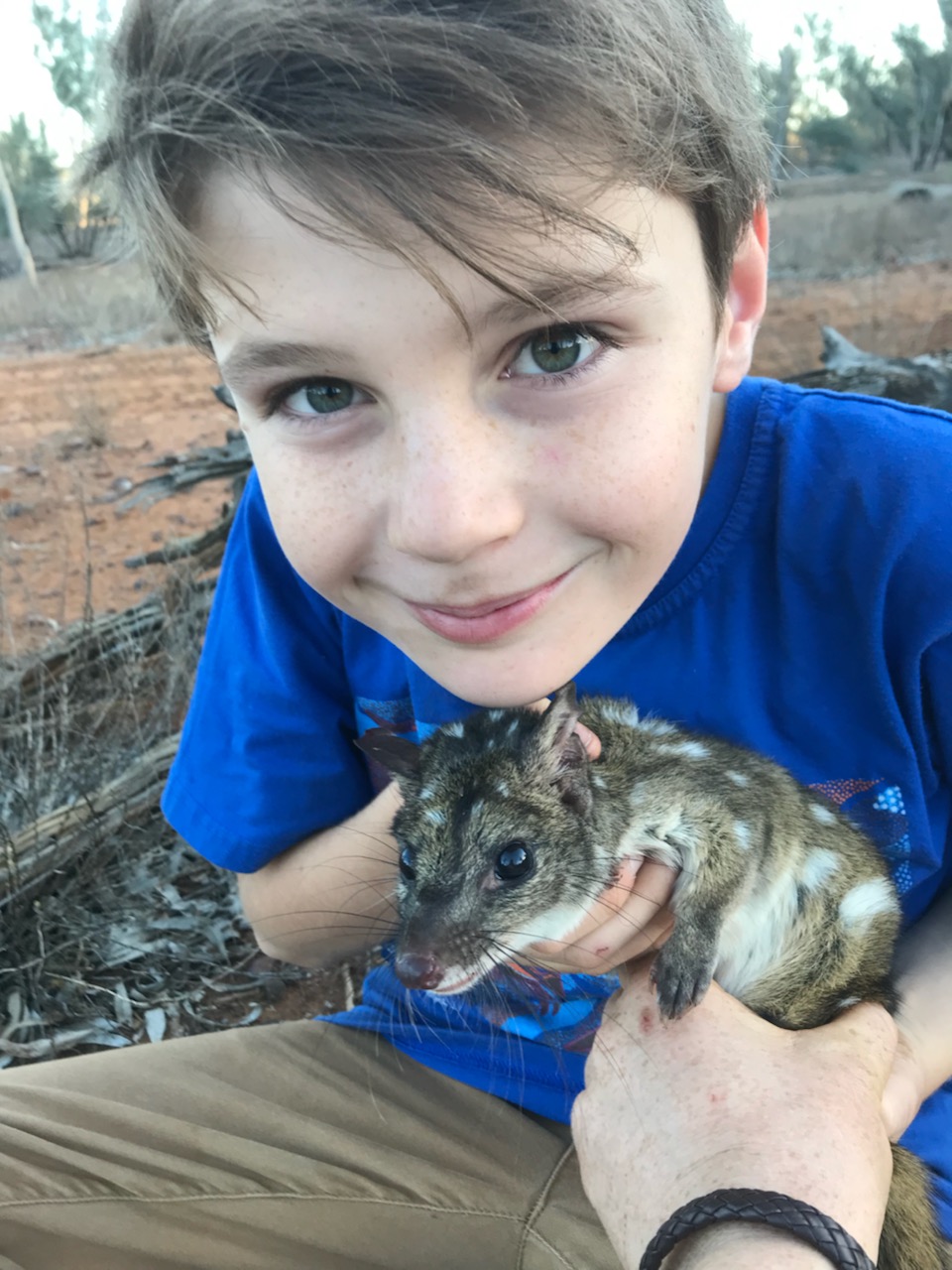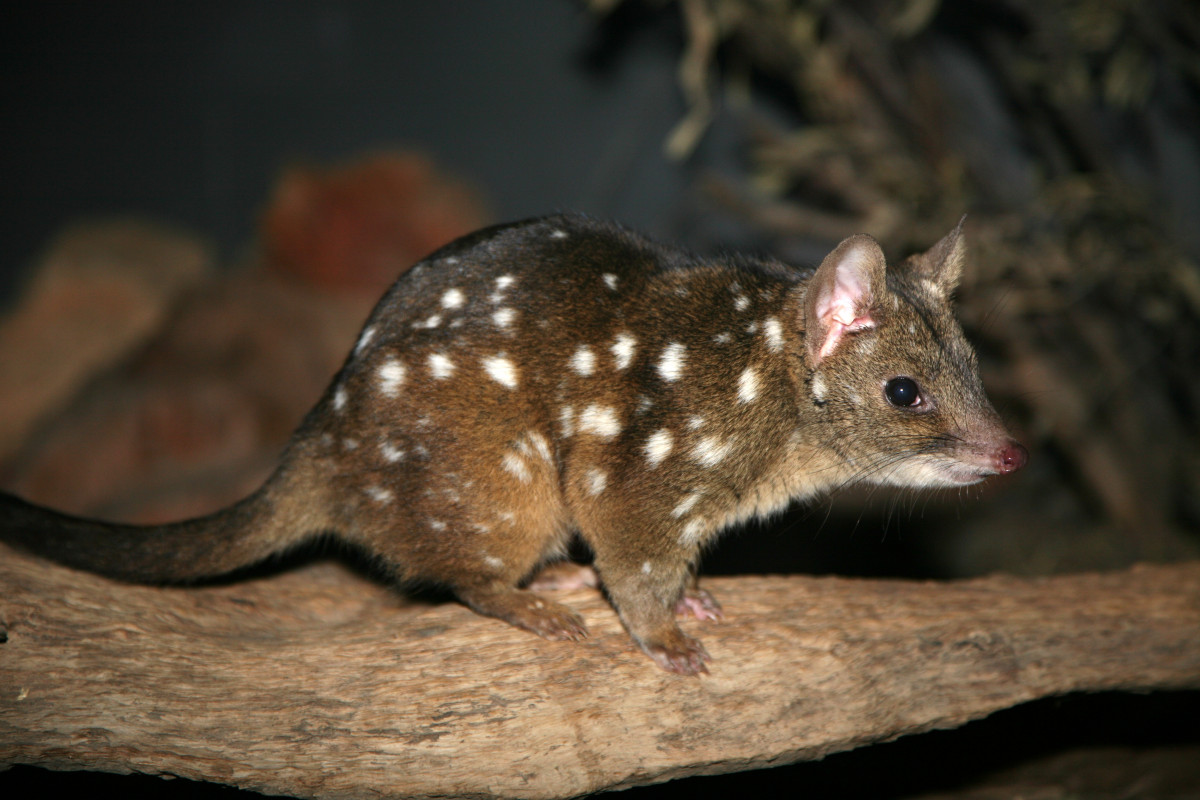Published by ABC News
A native Australian outback creature has made a surprising return to South Australia, despite concerns a breeding trial would fail.
Key points:
- Western quolls were considered a pest and had not been in South Australia for more than 100 years
- After they were re-introduced in 2014, researchers were shocked recently to find their population had grown
- Eradicating foxes and cats from the area has helped the quolls
The program in the northern Flinders Ranges focussed on bringing back western quolls to their natural habitat.
The quolls had not been in South Australia for more than a century and were labelled a pest because they killed farmers' animals, meaning they were only found in Western Australia.
Conservationists re-introduced the species to the Wilpena Pound area in 2014 hoping they would roam and breed again.
Recent unusually dry summers and harsh outback weather conditions worried conservationists the western quolls would not breed.
But a monitoring survey by the Department of Environment and Water last week shocked researchers after they found the population had instead surged.
The trapping, conducted over a week, found 29 new and healthy quolls and eight new possums which included a mix of males and females.
Manager of Scientific Services with Natural Resources and Arid Lands Robert Brandle said the hard work had paid off.
"We were very happy how they went last year which was a fairly dry year that they've been through and they came through that really well," Mr Brandle said.
Despite concerns their food would dry out during the hot summers, the animals proved resilient.
"The quolls we were catching were actually of pretty good weight," Mr Brandle said.
"Most of the female [possums] had young on their backs or in their pouches so that's kind of showing us that Australian animals have adapted to a very dynamic climate."
Foundation for Australia's Most Endangered Animals (FAME) CEO, Tracy McNamara, has also been working on the project partnering with other conservation groups.
She said recent efforts to eradicate foxes and cats from the area had aided the quolls.
"It's been a very bumpy road and we've had to re-address the project … at one point we had to put more money in to help with feral management because of the intensity of the feral cats," Ms McNamara said.
She said future generations would now be able to see the animals in their natural habitats.
"There is something about seeing these creatures in their natural habitat and watching them, watching the populations grow, and seeing change in the biodiversity," Ms McNamara said.
She said similar projects could help other species.
"It was the first private-public partnership so what it has shown is that with government assistance in the infrastructure and the land management, private organisations … can play a part in the reintroduction of the species," she said.
Because the program was successful, Mr Brandle said there were plans to extend the efforts to other areas, so the quolls would continue to thrive.
"We may also in the next few years give them a hand to set themselves up in and around the Gammon Ranges National Park which has a lot of diverse habitat."

Photo above: Jackson McNamara with a newly recorded Western Quoll named 'Corn'.
